
Enchanting Sintra: A Fairy-tale Town in Portugal
Discover Sintra, Portugal's fairy-tale town, brimming with palaces, castles, and lush gardens. A perfect blend of history, culture, and natural beauty awaits.
Nestled in the lush hills of the Serra de Sintra, this picturesque town is a treasure trove of palaces, castles, and gardens. Sintra's charm lies in its romantic architecture and the mystical aura that surrounds its historic monuments. This UNESCO World Heritage site has been a retreat for royalty and poets, capturing the hearts of all who visit. Start your journey at the Pena Palace, a vibrant and eclectic mix of architectural styles perched on a hilltop. Its colorful facade and panoramic views make it one of the most iconic landmarks in Portugal. Next, explore the Moorish Castle, an ancient fortress offering breathtaking vistas of the town and beyond. The cobbled paths and ancient walls transport you back in time, providing a glimpse into the region's rich history. Don't miss the Quinta da Regaleira, a Gothic mansion surrounded by enigmatic gardens filled with hidden tunnels, grottoes, and statues. The Initiation Well, a spiral staircase descending into the earth, is a unique highlight. Wander through the narrow streets of Sintra's old town, where charming cafes and shops await. Sample local delicacies like travesseiros and queijadas, sweet pastries that are a must-try. For nature lovers, the Sintra-Cascais Natural Park offers scenic hiking trails with stunning views of the Atlantic Ocean. Cap off your visit with a trip to Cabo da Roca, the westernmost point of mainland Europe. Sintra's enchanting atmosphere, combined with its rich cultural heritage, makes it a must-visit destination for any traveler.
Local tips in Sintra
- Purchase tickets to major attractions online to skip the long queues.
- Wear comfortable shoes as the town is hilly and requires a lot of walking.
- Visit Pena Palace early in the morning or late in the afternoon to avoid crowds.
- Take the local bus 434 to easily access the main attractions.
- Try the local pastries, travesseiros and queijadas, at a traditional bakery.
- Plan a half-day trip to Cabo da Roca for breathtaking views of the Atlantic.
- Carry a light jacket as the weather can be cooler in the hills.
Enchanting Sintra: A Fairy-tale Town in Portugal
Nestled in the lush hills of the Serra de Sintra, this picturesque town is a treasure trove of palaces, castles, and gardens. Sintra's charm lies in its romantic architecture and the mystical aura that surrounds its historic monuments. This UNESCO World Heritage site has been a retreat for royalty and poets, capturing the hearts of all who visit. Start your journey at the Pena Palace, a vibrant and eclectic mix of architectural styles perched on a hilltop. Its colorful facade and panoramic views make it one of the most iconic landmarks in Portugal. Next, explore the Moorish Castle, an ancient fortress offering breathtaking vistas of the town and beyond. The cobbled paths and ancient walls transport you back in time, providing a glimpse into the region's rich history. Don't miss the Quinta da Regaleira, a Gothic mansion surrounded by enigmatic gardens filled with hidden tunnels, grottoes, and statues. The Initiation Well, a spiral staircase descending into the earth, is a unique highlight. Wander through the narrow streets of Sintra's old town, where charming cafes and shops await. Sample local delicacies like travesseiros and queijadas, sweet pastries that are a must-try. For nature lovers, the Sintra-Cascais Natural Park offers scenic hiking trails with stunning views of the Atlantic Ocean. Cap off your visit with a trip to Cabo da Roca, the westernmost point of mainland Europe. Sintra's enchanting atmosphere, combined with its rich cultural heritage, makes it a must-visit destination for any traveler.
When is the best time to go to Sintra?
Iconic landmarks you can’t miss
National Palace of Pena
Explore the National Palace of Pena, a stunning blend of architectural styles nestled in the Sintra mountains, offering breathtaking views and rich history.
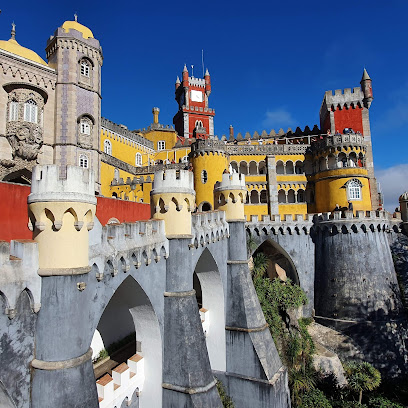
Quinta da Regaleira
Explore the enchanting Quinta da Regaleira, a UNESCO World Heritage site featuring stunning gardens, gothic architecture, and the mystical Initiation Well in Sintra, Portugal.
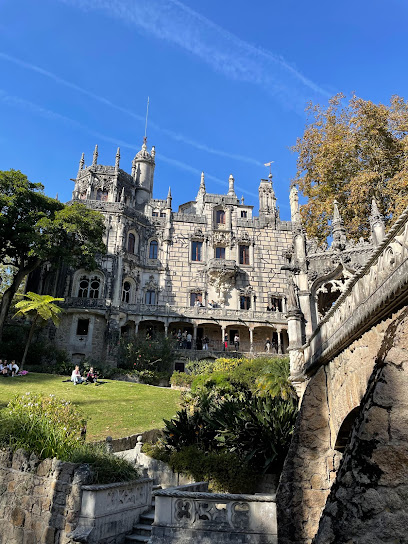
Cabo da Roca
Discover Cabo da Roca, the westernmost point of Europe, where breathtaking cliffs meet the crashing waves of the Atlantic Ocean, a must-visit for every traveler.

Sintra National Palace
Explore the stunning Sintra National Palace, a historical gem showcasing Portugal's royal heritage and breathtaking architecture.

Castelo dos Mouros
Explore the enchanting Castelo dos Mouros in Sintra, a historical landmark offering breathtaking views and a glimpse into Portugal's rich past.
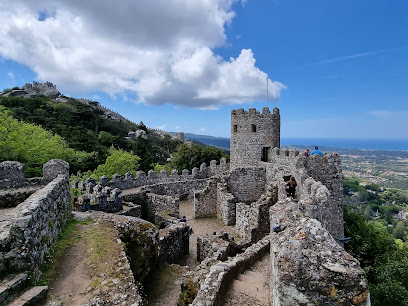
Initiation Well
Explore the enchanting Initiation Well in Sintra, a mystical spiral staircase that invites you into a world of symbolism and history within the breathtaking Quinta da Regaleira.
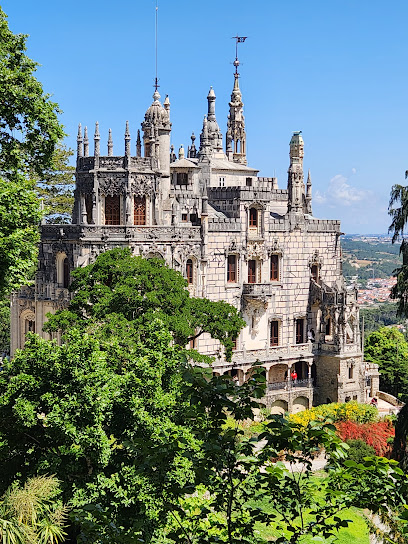
Queluz National Palace
Explore the opulent Queluz National Palace, a stunning architectural gem of Portugal, set amidst beautifully landscaped gardens and rich history.
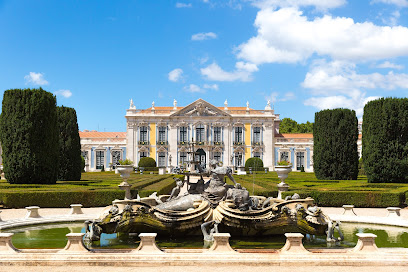
Park and Palace of Monserrate
Discover the enchanting Park and Palace of Monserrate in Sintra, a historical landmark with stunning gardens, exotic plants, and exquisite architecture.
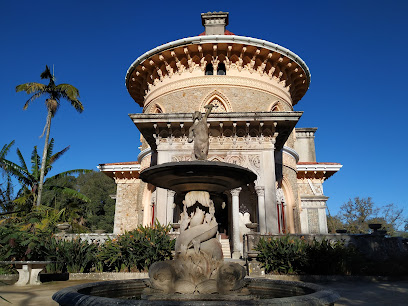
Chalet of the Countess of Edla
Discover the magical Chalet of the Countess of Edla in Sintra, a historical escape surrounded by breathtaking gardens and romantic architecture.
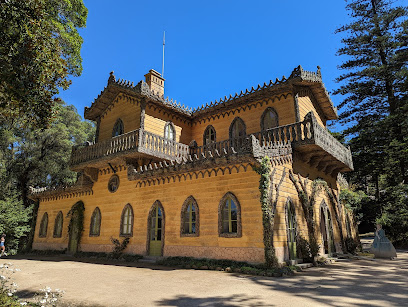
Parques de Sintra-Monte da Lua (PSML)
Experience the breathtaking beauty and rich history of Parques de Sintra-Monte da Lua, a must-visit attraction in Sintra, Portugal.
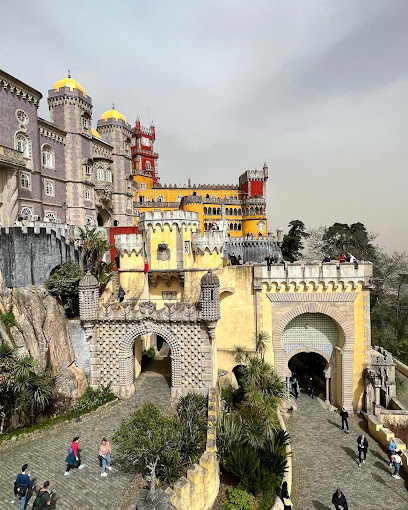
Villa Sassetti
Discover the charm of Villa Sassetti in Sintra, a picturesque villa surrounded by lush gardens and breathtaking views, perfect for a serene getaway.
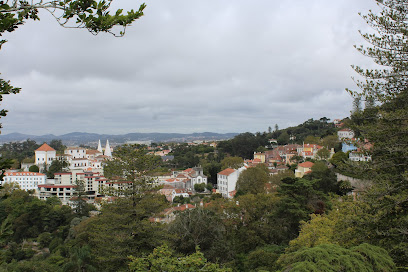
Miradouro de Santa Eufémia
Experience the breathtaking vistas of Sintra at Miradouro de Santa Eufémia, a tranquil park perfect for relaxation and photography.
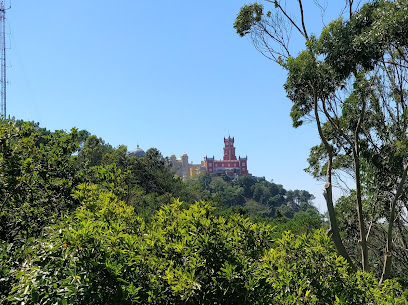
Pisoes Waterfall
Uncover the natural beauty of Pisoes Waterfall in Sintra, a serene escape with stunning vistas and adventure awaits.
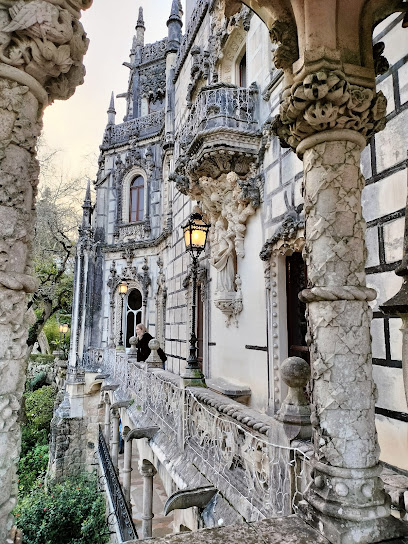
Farol do Cabo da Roca
Experience the breathtaking views and rich maritime history at Cabo da Roca, the westernmost point of mainland Europe, in stunning Portugal.
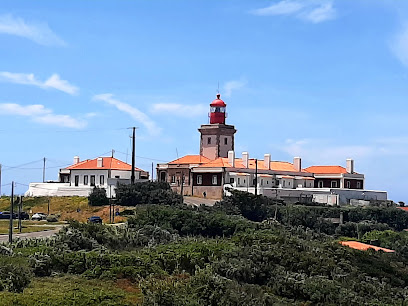
Praia da Ursa
Discover the stunning Praia da Ursa, a hidden beach gem in Sintra-Cascais Natural Park, perfect for nature lovers and adventure enthusiasts.
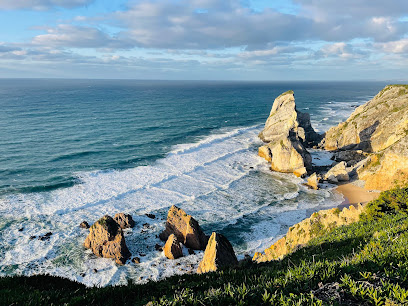
Unmissable attractions to see
Praça do Comércio
Explore Praça do Comércio, Lisbon's vibrant riverside plaza, rich in history and culture, offering stunning architecture and delightful dining experiences.
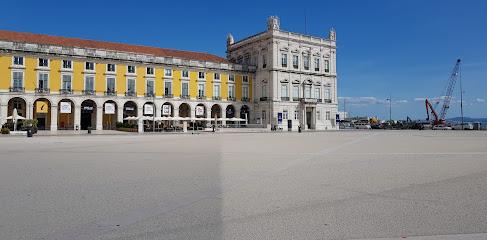
Oceanário de Lisboa
Discover the mesmerizing Oceanário de Lisboa, a top tourist attraction showcasing marine life and promoting ocean conservation in a stunning architectural setting.

National Palace of Pena
Discover the enchanting National Palace of Pena in Sintra, a stunning castle that blends architectural wonders with breathtaking landscapes in Portugal.
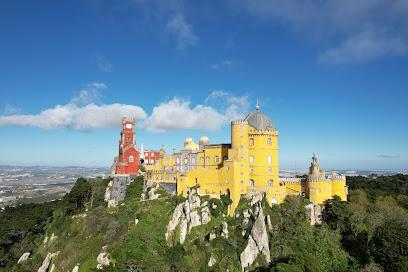
Castelo de São Jorge
Explore the breathtaking views and rich history at Castelo de São Jorge, a magnificent castle in the heart of Lisbon, Portugal.
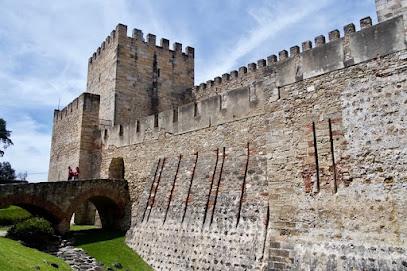
Cape Roca
Explore the stunning cliffs and scenic vistas at Cape Roca, the westernmost point of Europe, where land meets the majestic Atlantic Ocean.

Quinta da Regaleira
Explore the mystical grounds and architectural wonders of Quinta da Regaleira, a UNESCO World Heritage site in the heart of Sintra, Portugal.
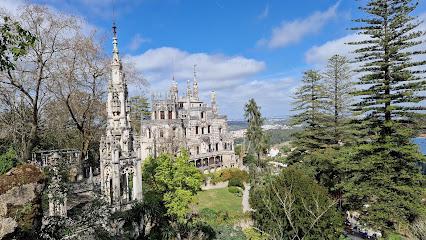
Estádio do Benfica
Explore the iconic Estádio do Benfica, a cultural hub in Lisbon, where football history and electrifying match days come alive.
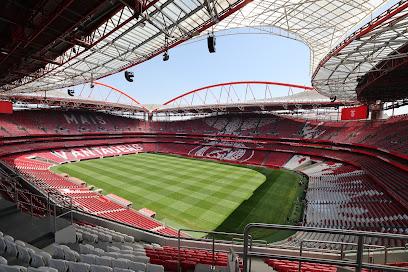
Jerónimos Monastery
Discover the breathtaking Jerónimos Monastery, a UNESCO World Heritage site in Lisbon, showcasing stunning architecture and a rich maritime history.
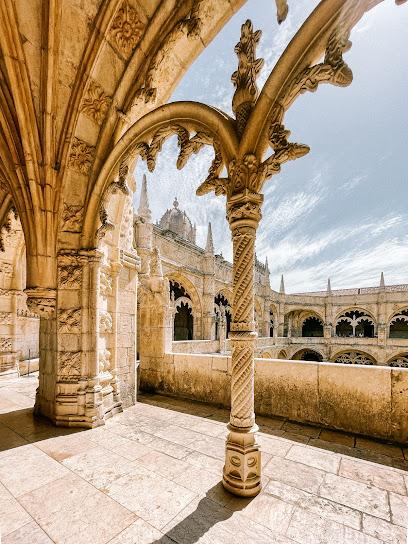
National Palace of Sintra
Discover the National Palace of Sintra, a historical landmark brimming with royal charm and cultural heritage amidst the breathtaking landscapes of Portugal.
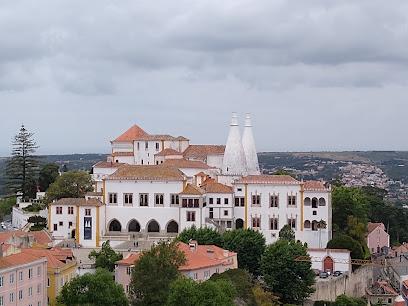
Santa Justa Lift
Discover the beauty of Lisbon from above at the Santa Justa Lift, a stunning 19th-century elevator offering breathtaking panoramic views.
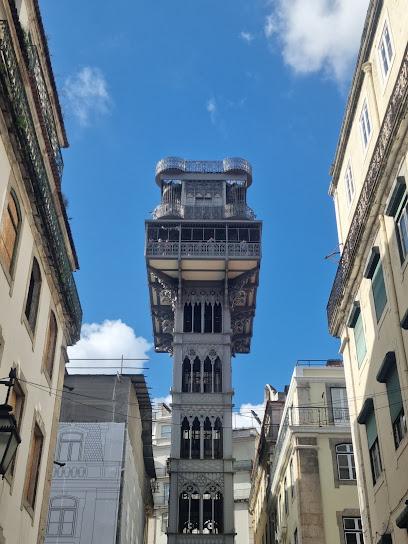
Boca do Inferno
Discover the breathtaking cliffs and dramatic waves of Boca do Inferno, a must-visit scenic spot in Cascais, Portugal.
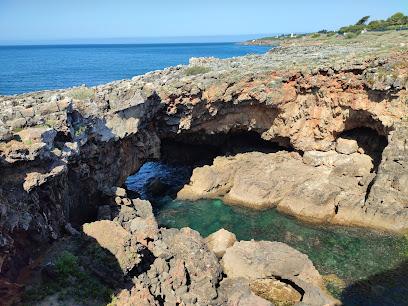
Parque Eduardo VII
Explore the beauty of Parque Eduardo VII, Lisbon’s largest park, offering stunning views, lush gardens, and a vibrant cultural scene in the heart of the city.
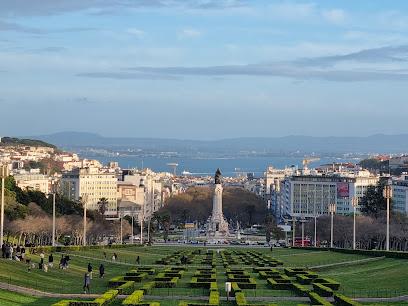
Jardim Zoológico
Explore the enchanting Jardim Zoológico in Lisbon, where wildlife meets conservation in a vibrant family-friendly atmosphere.
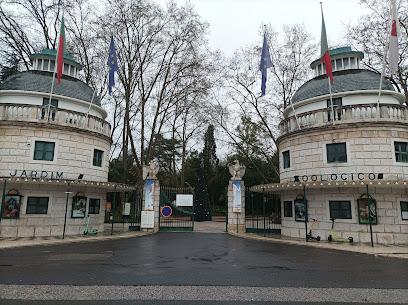
Sanctuary of Christ the King-Portugal
Discover the stunning Sanctuary of Christ the King in Almada, Portugal, a monumental symbol of faith with breathtaking views of Lisbon.
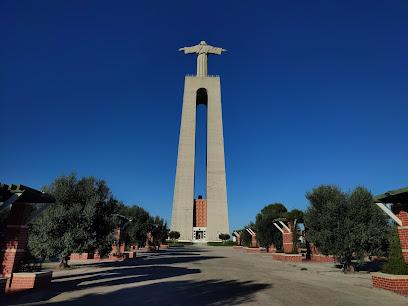
Miradouro de Santa Luzia
Discover breathtaking views at Miradouro de Santa Luzia, a scenic spot in Lisbon that captures the essence of Portugal's charm and beauty.
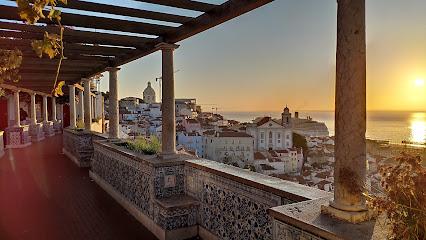
Essential places to dine
Incomum
Experience the best of local flavors at Incomum – where tradition meets innovation in Sintra's culinary scene.
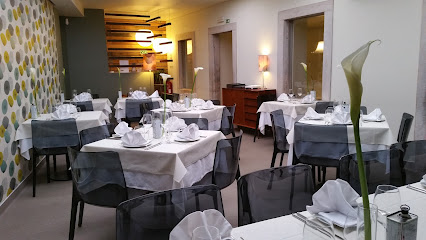
Apeadeiro
Experience authentic Portuguese flavors at Apeadeiro in Sintra - where every dish tells a story.

Metamorphosis
Experience exquisite Portuguese cuisine at Metamorphosis in Sintra - where tradition meets modern flavors.
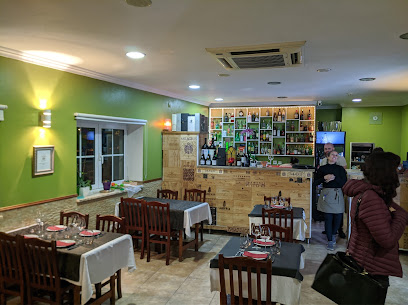
Tascantiga
Experience authentic Portuguese cuisine at Tascantiga in Sintra—where every dish tells a story of flavor and tradition.
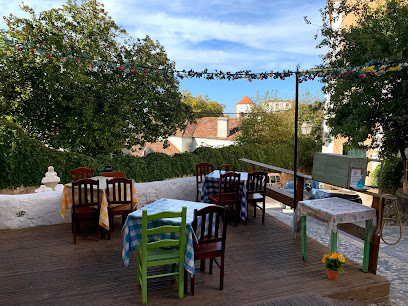
Curral dos Caprinos
Discover authentic Portuguese cuisine at Curral dos Caprinos in Sintra, where tradition meets taste amidst stunning landscapes.
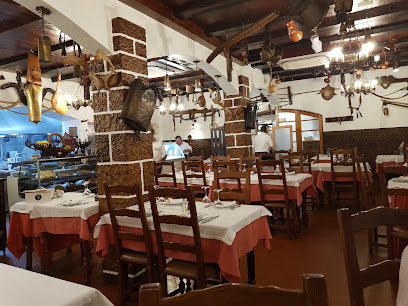
Romaria de Baco
Experience authentic Portuguese flavors at Romaria de Baco in Sintra's historic center – where tradition meets culinary excellence.
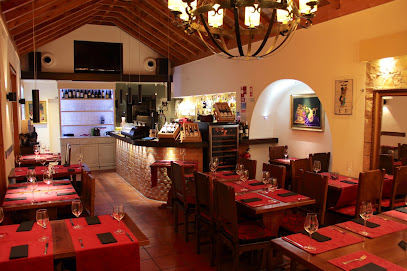
Taverna dos Trovadores
Discover authentic Portuguese flavors at Taverna dos Trovadores in Sintra - where every meal tells a story.
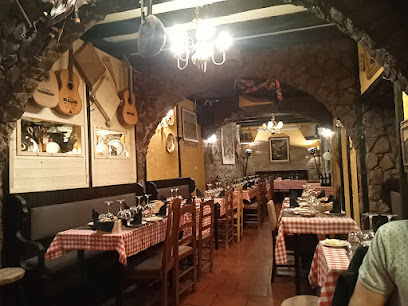
Bar do Fundo
Experience authentic Portuguese cuisine at Bar do Fundo in Colares – where tradition meets taste in a charming setting.
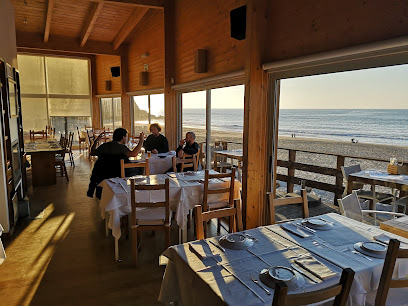
Culto da Tasca
Experience authentic Portuguese cuisine at Culto da Tasca in Sintra – where every dish tells a story.
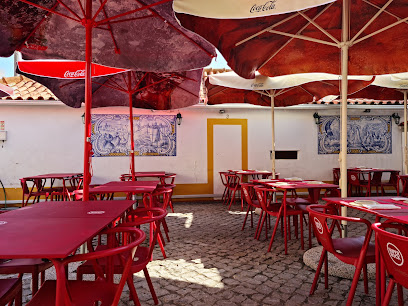
Sabores de Sintra
Experience authentic Portuguese cuisine at Sabores de Sintra, where local flavors meet warm hospitality in a charming setting.
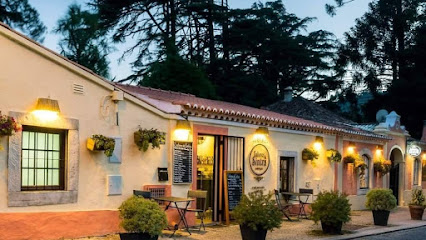
Dom Pipas
Experience authentic Portuguese cuisine at Dom Pipas in Sintra - where flavor meets tradition in a cozy atmosphere.
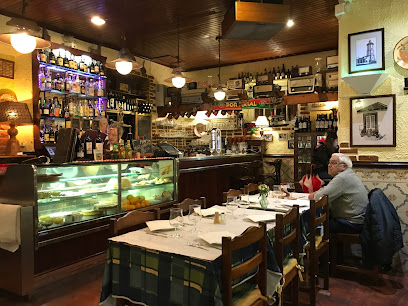
Pic Nic I
Experience the perfect fusion of Indian and Italian flavors at Pic Nic I in Sintra - where every dish tells a story.
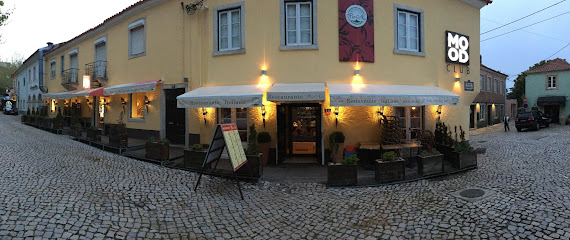
Sintra Terrace
Experience exquisite dining at Sintra Terrace, where delicious local cuisine meets stunning panoramic views in the heart of Sintra.
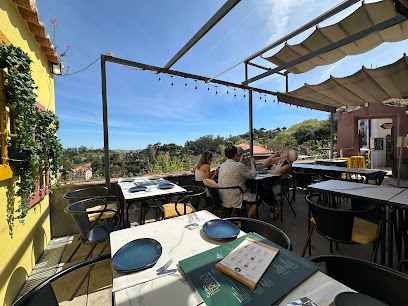
Regional Sintra
Experience authentic Portuguese cuisine in a charming setting at Regional Sintra - where every meal is a celebration of flavor.
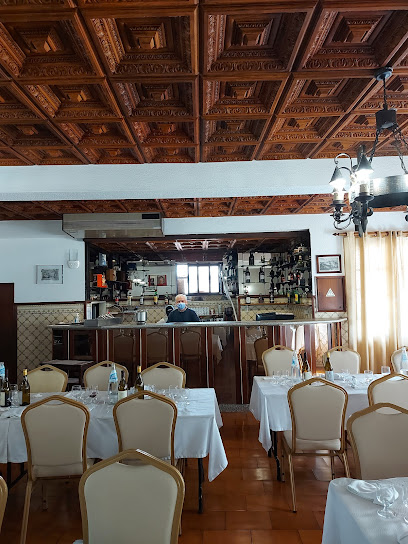
Adega do Saloio
Savor authentic Portuguese flavors at Adega do Saloio in Sintra - where tradition meets taste in every dish.
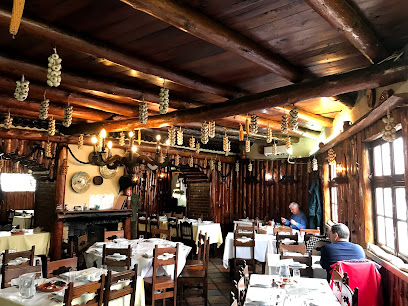
Markets, malls and hidden boutiques
Alegro Sintra
Discover Alegro Sintra, a vibrant shopping mall offering fashion, dining, and entertainment experiences in the heart of Rio de Mouro.
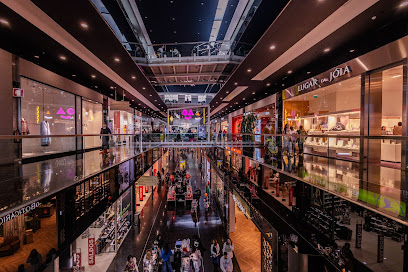
Sintra Retail Park
Discover Sintra Retail Park: A shopping haven with diverse stores, delicious dining, and family-friendly amenities in scenic Rio de Mouro.
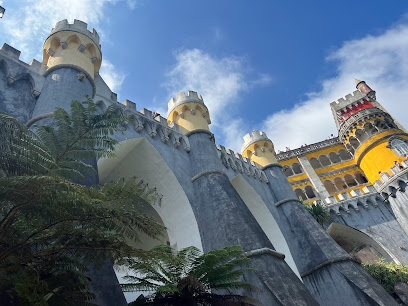
Primark
Experience affordable fashion at Primark in Sintra's C.C. Alegro, where trendy styles meet unbeatable prices for every traveler.
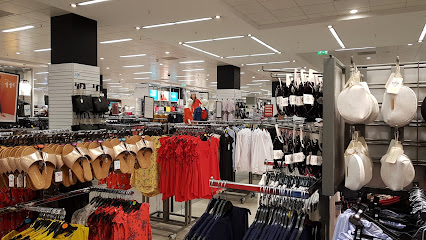
Queijadas da Sapa
Discover the authentic flavors of Sintra at Queijadas da Sapa, where every pastry tells a story of tradition and taste.
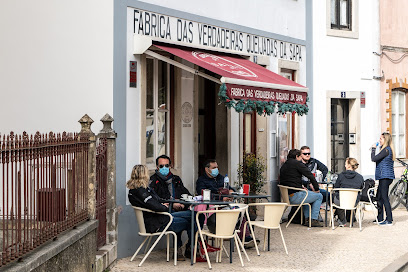
Gardens Sintra Lda
Discover the serene beauty of Gardens Sintra Lda, a garden center in Sintra offering a captivating escape into nature's vibrant flora.
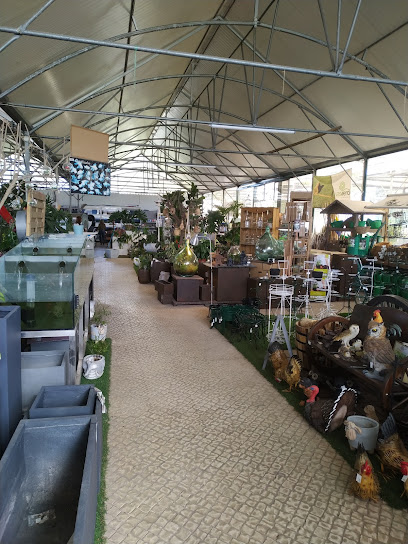
Casa Sintra
Explore Casa Sintra, a unique gift shop in Rio de Mouro offering eclectic gifts, stylish home goods, and charming garden furniture.
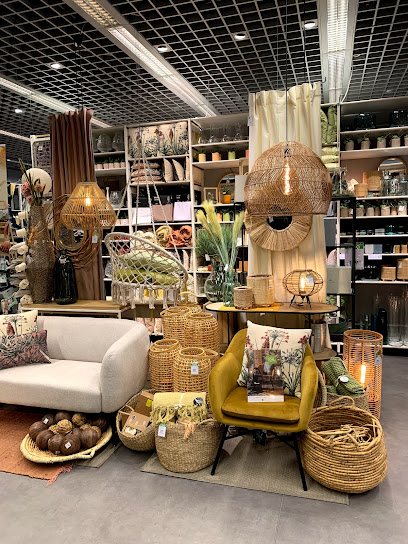
IKEA Estúdio de Planificação e Encomenda Alegro Sintra
Explore innovative home solutions and stylish designs at IKEA Estúdio de Planificação e Encomenda in Alegro Sintra, the ultimate destination for furniture lovers.
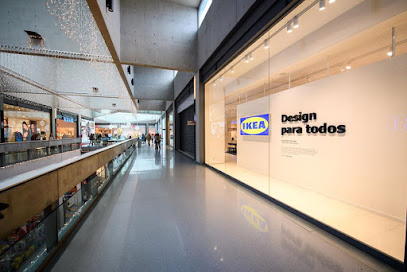
Sintra Centre
Explore Sintra Centre, where authentic Portuguese souvenirs and local crafts come together in a charming shopping experience.

Tecidos e Companhia
Explore Tecidos e Companhia in Sintra, where vibrant fabrics and unique home goods meet exquisite craftsmanship and local charm.
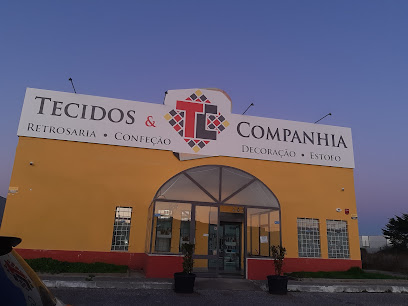
Pets Glow - Boutique & Spa
Discover Pets Glow in Sintra, your one-stop boutique and spa for premium pet grooming, supplies, and food tailored for your furry friends.
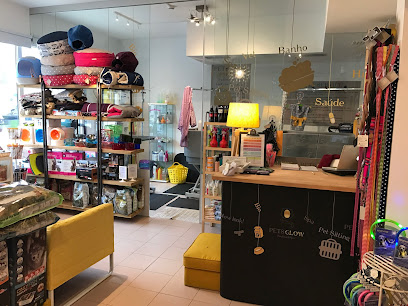
O Farol da Tapada
Experience the sweet taste of Portugal at O Farol da Tapada, a cozy pastry shop in Algueirão-Mem Martins offering delightful traditional treats.
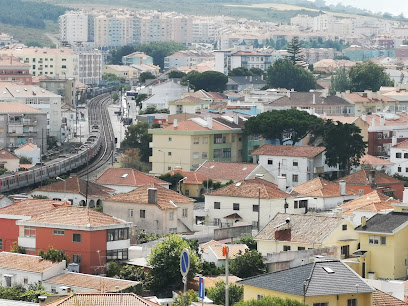
Boutique Nespresso no Alegro Sintra
Experience the ultimate coffee journey at Boutique Nespresso no Alegro Sintra, where rich flavors and quality craftsmanship come together.
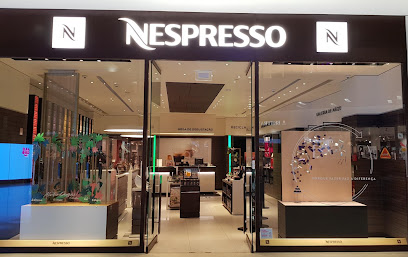
Carrascalice
Discover the enchanting flavors of Portugal at Carrascalice, a premier wine store in the heart of Sintra offering exquisite wines and gourmet delights.

Chocolame
Discover the enchanting world of artisanal chocolate at Chocolame, a delightful shop in Sintra, Portugal, perfect for sweet indulgence and unique flavors.
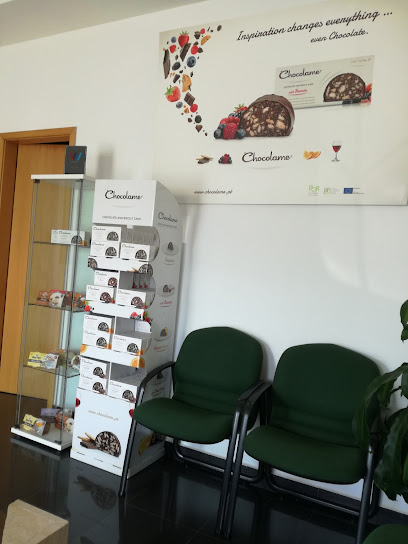
Bilhares Carlos Teófilo(The World Billiards Portugal)
Explore Sintra's premier billiards supply store, offering expert advice, a wide selection of gear, and a vibrant community atmosphere for all billiards lovers.
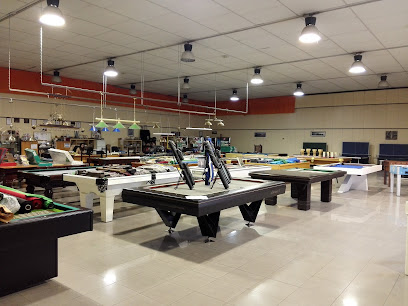
Essential bars & hidden hideouts
Casa do Fauno
Discover Casa do Fauno, a unique pub and bookstore in Sintra, where literature meets leisure in a charming atmosphere.
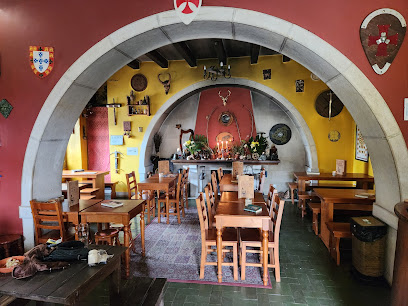
Bar Saloon Cintra
Discover the vibrant nightlife at Bar Saloon Cintra, where delicious drinks and local culture meet in the heart of Lisbon.
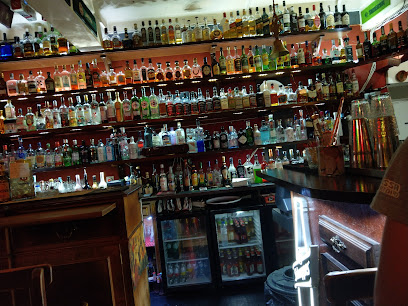
Tasco do Strauss
Experience authentic Portuguese tapas in a charming setting at Tasco do Strauss, a culinary jewel in Sintra that delights every palate.
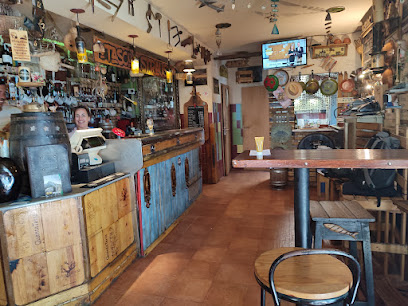
Villa Craft Beer & Bread
Discover the heart of Sintra at Villa Craft Beer & Bread, where craft brews meet artisanal bread in a cozy, inviting atmosphere.
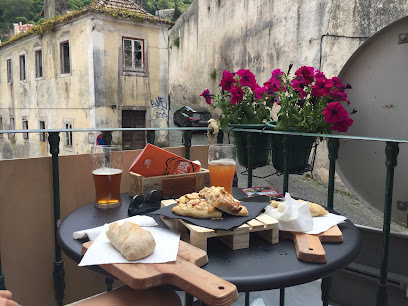
Sabot Lucky Burgers
Experience the best gourmet burgers in Sintra, Portugal, at Sabot Lucky Burgers, where delicious food meets a fun atmosphere.
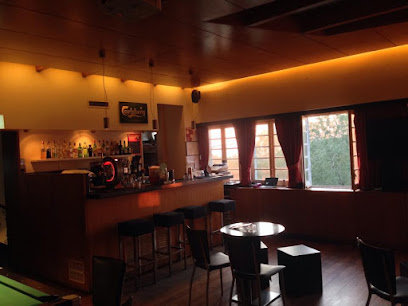
ZID lounge Bar
Experience the vibrant nightlife of Sintra at ZID Lounge Bar, where exquisite cocktails meet a warm and welcoming atmosphere.
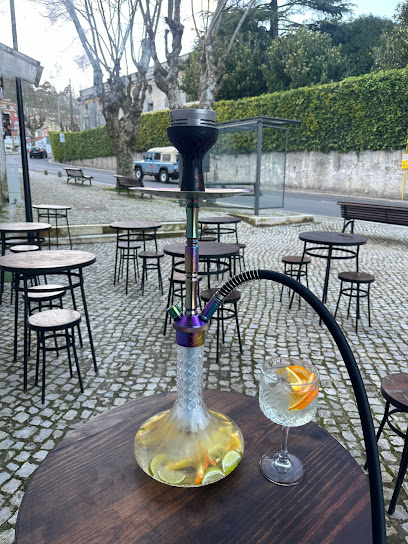
Salla de Estar
Discover the lively atmosphere of Salla de Estar, a must-visit bar in Sintra for delicious snacks and unforgettable nights.
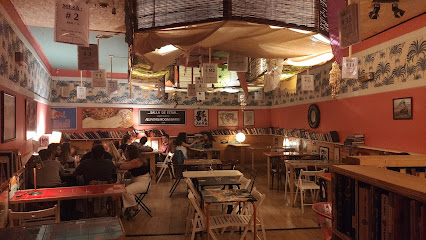
Bar Fonte da Pipa
Experience the vibrant atmosphere and local flavors at Bar Fonte da Pipa, the perfect spot for relaxation in Sintra.
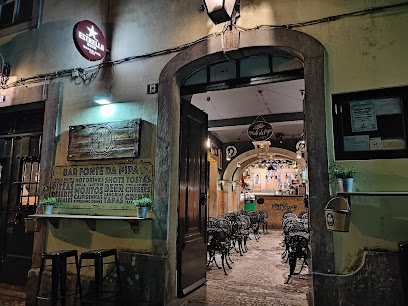
Baraoke Caffé Lounge Bar-Karaoke Club
Discover the lively Baraoke Caffé Lounge Bar-Karaoke Club in Rio de Mouro, where unforgettable nights of singing and socializing await.
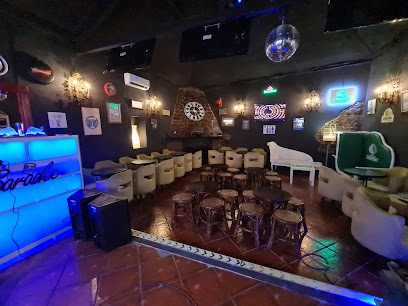
Cantinho do Lord Byron
Discover the flavors of Portugal at Cantinho do Lord Byron, a cozy bar and tapas restaurant in the heart of Sintra, perfect for food lovers.
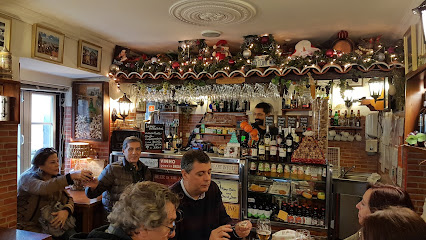
4 Caravelas Sintra
Experience the vibrant cocktail culture of Sintra at 4 Caravelas, where every sip tells a story of local flavors and creativity.
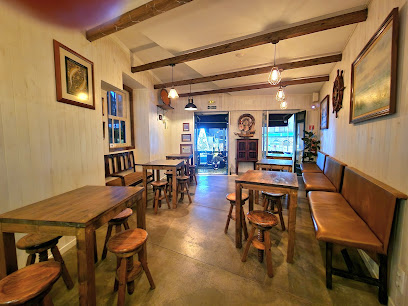
Botica Saloia
Discover the flavors of Portugal at Botica Saloia, where exquisite tapas and fine wines await in the heart of Sintra.
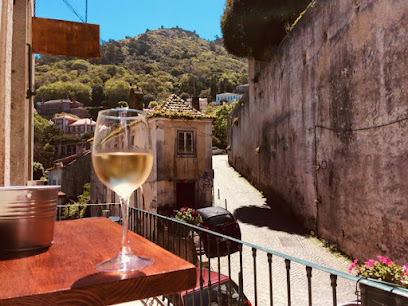
Ferraria Taproom
Discover Ferraria Taproom in Sintra: a brewpub offering exquisite craft beers and delectable tapas in a cozy atmosphere.
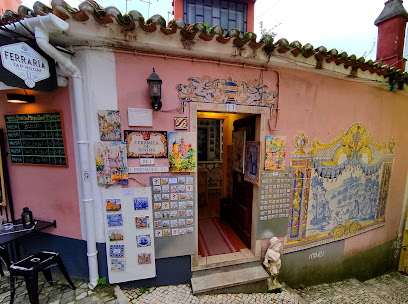
The Old Bull Bar&Lounge
Experience the vibrant nightlife at The Old Bull Bar & Lounge in Sintra, where delightful drinks and a cozy atmosphere await you.
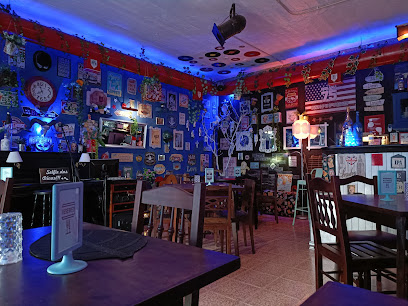
Caipirinha
Experience the vibrant flavors of Brazil at Caipirinha Bar in Sintra, a lively spot for authentic cocktails and unforgettable nights.
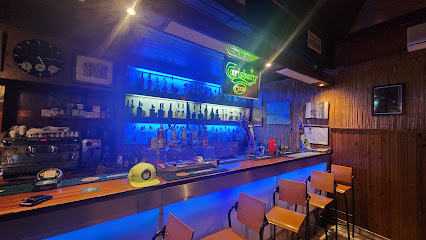
Travel experiences inspired by this city
Explore more travel diariesLocal Phrases
-
- HelloOlá
[oh-lah] - GoodbyeAdeus
[ah-deh-oos] - YesSim
[seem] - NoNão
[now] - Please/You're welcomePor favor/De nada
[por fah-vohr/deh nah-dah] - Thank youObrigado/a
[oh-bree-gah-doo/ah] - Excuse me/SorryCom licença/Desculpe
[kohm lee-sehn-sah/dehs-kool-peh] - How are you?Como está?
[koh-moh ehs-tah] - Fine. And you?Bem. E você?
[behn/eh voh-seh] - Do you speak English?Fala inglês?
[fah-lah een-glehsh] - I don't understandNão entendo
[now ehn-tehn-doo]
- HelloOlá
-
- I'd like to see the menu, pleaseGostaria de ver o menu, por favor
[goh-stah-ree-ah deh vehr ooh meh-noo/por fah-vohr] - I don't eat meatNão como carne
[now koh-moh kahr-neh] - Cheers!Saúde!
[sah-oo-deh] - I would like to pay, pleaseGostaria de pagar, por favor
[goh-stah-ree-ah deh pah-gahr/por fah-vohr]
- I'd like to see the menu, pleaseGostaria de ver o menu, por favor
-
- Help!Socorro!
[soh-koh-roo] - Go away!Vai-te embora!
[vah-ee-teh ehm-boh-rah] - Call the Police!Chame a Polícia!
[shah-meh ah poh-lee-see-ah] - Call a doctor!Chame um médico!
[shah-meh oohm meh-dee-koo] - I'm lostEstou perdido/a
[ehs-toh pehr-dee-doo/ah] - I'm illEstou doente
[ehs-toh doo-ehn-teh]
- Help!Socorro!
-
- I'd like to buy...Gostaria de comprar...
[goh-stah-ree-ah deh kohm-prahr] - I'm just lookingEstou só a ver
[ehs-toh soh ah vehr] - How much is it?Quanto custa?
[kwan-toh koos-tah] - That's too expensiveIsso é demasiado caro
[ee-soh eh deh-mah-see-ah-doo kah-roo] - Can you lower the price?Pode baixar o preço?
[poh-deh bahy-shahr ooh preh-soo]
- I'd like to buy...Gostaria de comprar...
-
- What time is it?Que horas são?
[keh oh-rahz sah-ooh] - It's one o'clockÉ uma hora
[eh oo-mah oh-rah] - Half past (10)Meia hora
[may-ah oh-rah] - MorningManhã
[mahn-yah] - AfternoonTarde
[tahr-deh] - EveningNoite
[noy-teh] - YesterdayOntem
[ohn-tehm] - TodayHoje
[oh-zheh] - TomorrowAmanhã
[ah-mahn-yah] - 1Um
[oom] - 2Dois
[doh-eez] - 3Três
[trehs] - 4Quatro
[kwah-troo] - 5Cinco
[seen-koo] - 6Seis
[saysh] - 7Sete
[seh-teh] - 8Oito
[oy-too] - 9Nove
[noh-veh] - 10Dez
[dehz]
- What time is it?Que horas são?
-
- Where's a/the...?Onde está um/o...
[ohn-deh ehs-tah oom/oh] - What's the address?Qual é o endereço?
[kahl eh ooh ehn-deh-reh-soo] - Can you show me (on the map)?Pode mostrar-me (no mapa)?
[poh-deh mohs-trahr-meh/noo mah-pah] - When's the next (bus)?Quando é o próximo (autocarro)?
[kwan-doo eh ooh proh-kshee-moh/ow-toh-kah-roo] - A ticket (to ....)Um bilhete (para ...)
[oom beel-eh-teh/pah-rah]
- Where's a/the...?Onde está um/o...
History of Sintra
-
The Castle of the Moors, perched high on the hills of Sintra, is a testament to the region's Moorish past. Built in the 8th and 9th centuries by the Moors during their occupation of the Iberian Peninsula, the castle served as a strategic military outpost. Its robust stone walls and panoramic views of the surrounding lands were crucial for defense. The castle's strategic importance continued even after the Christian reconquest in the 12th century, when it was captured by King Afonso I in 1147.
-
Sintra's transformation into a royal sanctuary began in earnest during the reign of King John I in the late 14th century. The monarch ordered the construction of the Royal Palace, known today as the Sintra National Palace. This palace became a favored summer retreat for Portuguese royalty, who were drawn to Sintra's cool climate and lush landscapes. The palace's distinctive twin chimneys and intricate tile work stand as symbols of this period, reflecting both Moorish and Manueline architectural influences.
-
One of Sintra's most iconic landmarks, the Pena Palace, is a prime example of 19th-century Romanticism and Manueline architecture. Commissioned by King Ferdinand II, the palace was constructed on the ruins of an old monastery and completed in 1854. With its eclectic style, vibrant colors, and fairy-tale turrets, Pena Palace embodies the Romantic ideals of the time. It also incorporates elements of Manueline architecture, characterized by intricate maritime motifs and lavish ornamentation, celebrating Portugal's Age of Discoveries.
-
Quinta da Regaleira, an enigmatic estate near the center of Sintra, was built in the early 20th century by António Augusto Carvalho Monteiro. Designed by Italian architect Luigi Manini, this UNESCO World Heritage site is renowned for its mystical symbolism and elaborate gardens. The estate features a palace, chapel, and an extensive network of tunnels and grottoes. The Initiation Well, with its spiral staircase descending into the earth, is particularly notable for its ties to Masonic rituals and alchemical symbolism.
-
Sintra has long been a source of inspiration for writers, poets, and artists. Lord Byron, the famous British poet, visited Sintra in the early 19th century and described it as a 'glorious Eden' in his epic poem 'Childe Harold's Pilgrimage.' The town's romantic landscapes and historic sites have also attracted other notable figures such as Hans Christian Andersen and William Beckford. This cultural heritage continues to thrive, with numerous art galleries, museums, and cultural events celebrating Sintra's artistic legacy.
-
In 1995, the cultural landscape of Sintra was designated a UNESCO World Heritage site, recognizing its unique blend of natural and cultural elements. This status has helped to preserve Sintra's historical landmarks and natural beauty, ensuring that future generations can continue to enjoy its splendor. Conservation efforts have been vital in maintaining the integrity of sites such as the Sintra National Palace, Pena Palace, and the Castle of the Moors, as well as the town's lush parks and gardens.
Sintra Essentials
-
Sintra is located approximately 30 kilometers northwest of Lisbon, Portugal's capital. The most convenient way to reach Sintra is by taking a direct train from Lisbon's Rossio Station, which takes about 40 minutes. Alternatively, you can drive; the journey via the A37 highway typically takes around 30-40 minutes. There are also several bus services that operate between Lisbon and Sintra.
-
Once in Sintra, the town is well connected by a network of public buses and taxis. The Scotturb bus service offers routes to major attractions like the Pena Palace, Moorish Castle, and Quinta da Regaleira. For a more leisurely experience, consider renting an electric bike or using tuk-tuk services for short distances. Walking is also a viable option for exploring the town center and its immediate surroundings.
-
The official currency in Portugal is the Euro (EUR). Credit and debit cards are widely accepted in most hotels, restaurants, and shops in Sintra. However, it is advisable to carry some cash for smaller establishments and street vendors. ATMs are readily available throughout the town for cash withdrawals.
-
Sintra is generally a safe destination for tourists. However, as with any tourist area, petty crimes like pickpocketing can occur, especially in crowded places such as train stations and popular tourist sites. It is advisable to keep an eye on your belongings and avoid isolated areas at night. There are no specific high-crime areas targeting tourists, but general vigilance is always recommended.
-
In case of an emergency, dial 112 for immediate assistance. There are local police stations and medical facilities available in Sintra. It is recommended to have travel insurance that covers medical emergencies. Pharmacies are also available for over-the-counter medications. The main hospital in the region is Hospital de Cascais, located about a 20-minute drive from Sintra.
-
Fashion: Do dress comfortably and wear good walking shoes, as Sintra's terrain can be hilly and uneven. Avoid overly casual attire when dining in upscale restaurants. Religion: Do respect local customs and traditions, especially when visiting churches and religious sites. Public Transport: Do be respectful and offer your seat to elderly passengers. Don't eat or drink on public transport. Greetings: Do greet people with a handshake or a friendly 'Olá.' Eating & Drinking: Do try local delicacies like 'travesseiros' and 'queijadas'. Don't rush through meals; dining is often a leisurely experience.
-
To experience Sintra like a local, visit the Mercado da Vila, where you can buy fresh produce and traditional Portuguese goods. Engage with locals, who are often friendly and willing to share stories about Sintra's history and culture. Take a stroll through the lesser-known areas like the Sintra-Cascais Natural Park for a more tranquil experience. For a unique treat, try the local pastries from Piriquita bakery, a favorite among residents.
Trending Landmark in Sintra
-
National Palace of Pena
-
Quinta da Regaleira
-
Cabo da Roca
-
Sintra National Palace
-
Castelo dos Mouros
-
Initiation Well
-
Queluz National Palace
-
Park and Palace of Monserrate
-
Chalet of the Countess of Edla
-
Parques de Sintra-Monte da Lua (PSML)
-
Villa Sassetti
-
Miradouro de Santa Eufémia
-
Pisoes Waterfall
-
Farol do Cabo da Roca
-
Praia da Ursa
Nearby Cities to Sintra
-
Things To Do in Cascais
-
Things To Do in Lisbon
-
Things To Do in Setúbal
-
Things To Do in Caldas da Rainha
-
Things To Do in Viseu
-
Things To Do in Tomar
-
Things To Do in Évora
-
Things To Do in Coimbra
-
Things To Do in Badajoz
-
Things To Do in Aveiro
-
Things To Do in Faro
-
Things To Do in Porto
-
Things To Do in Huelva
-
Things To Do in Lamego
-
Things To Do in Guimarães
























